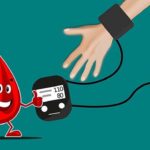1. What is blood pressure?
Blood pressure is the force exerted by the blood against the walls of the arteries to bring blood to the tissues of the body. It is generated by the force of contraction of the heart and the resistance of the arteries.

Blood pressure depends on the pumping force of the heart. It drops as blood circulates in the small arteries and arterioles, and continues to drop as it passes through the capillaries and the venous system.
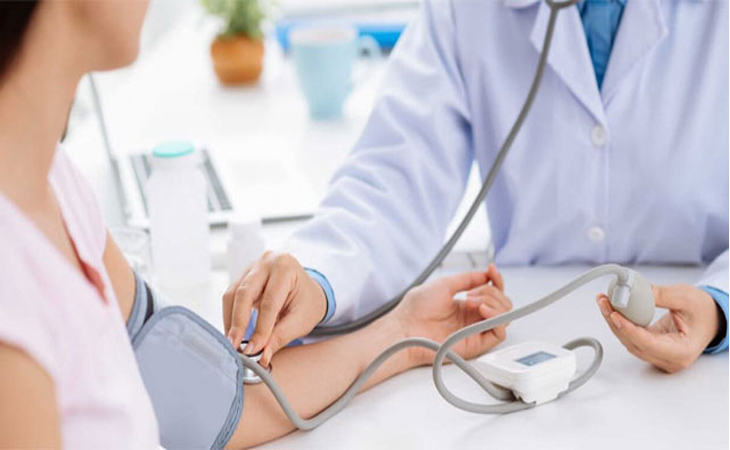
In normal people, blood pressure is higher during the day and lower at night. It reaches its lowest point at around 1-3 am when sleeping, and the highest blood pressure is usually from 8 to 10 am.
Exercising, nervous tension, or strong emotions can all increase blood pressure. Conversely, when the body is rested and relaxed, blood pressure can drop.
2. What is high blood pressure, low blood pressure?
Blood pressure has two numbers: the maximum blood pressure (systolic pressure) and the diastolic blood pressure (diastolic pressure). Based on these two values, normal and stable blood pressure can be diagnosed.
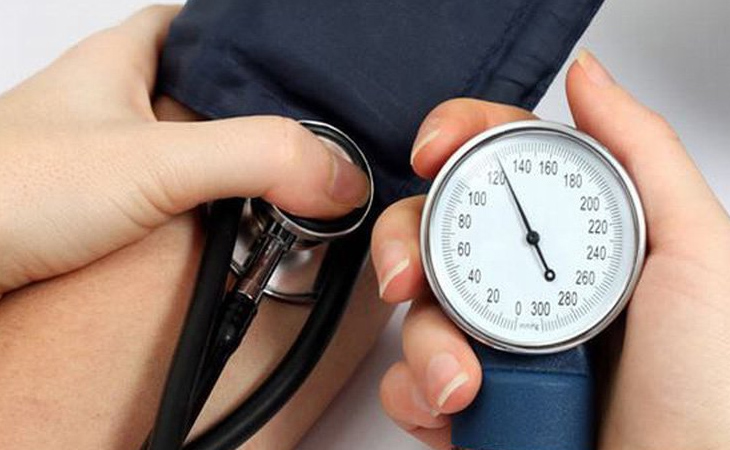
– Normal blood pressure is defined as a systolic blood pressure less than 120 mmHg and a diastolic blood pressure less than 80 mmHg.
For children:
– Blood pressure increases gradually as children get older. It is usually not checked for babies or young children unless there are specific concerns related to blood pressure.
– To determine the blood pressure level in children, the doctor needs to consider the child’s weight, height, and age.

– Pre-hypertension in children is defined as blood pressure higher than 90% of children of the same age, height, and weight. High blood pressure is defined as blood pressure higher than 95% of children of the same age, height, and weight.
3. What factors affect blood pressure?
The internal factors:
– Heart rate and force of heart contraction: Blood pressure depends on the pumping force of the heart. When the heart beats fast and strong, blood pressure increases. When the heart beats slowly, the force of the heart’s contraction decreases and blood pressure decreases as well.
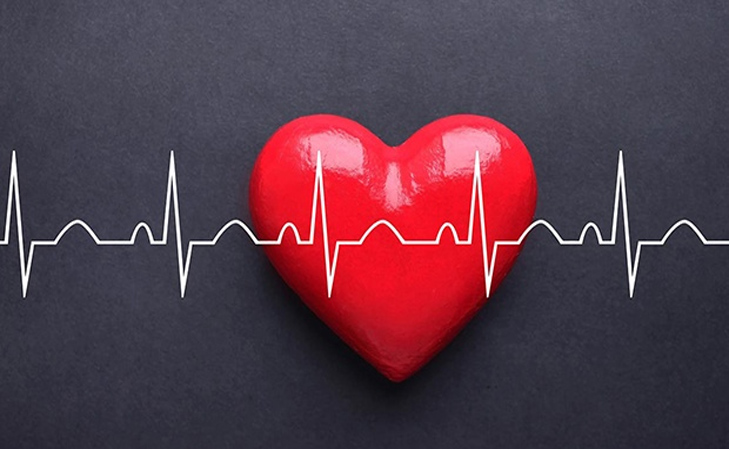
– Blood volume: Blood volume decreases with blood loss, leading to lower blood pressure.
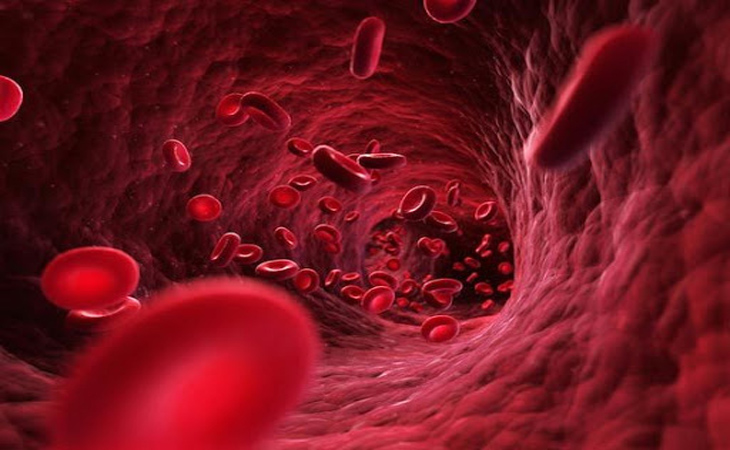
– Resistance of blood vessels: When the lumen of blood vessels narrows due to atherosclerosis, blood pressure increases. Less elastic vessel walls in the elderly are a major cause of high blood pressure.
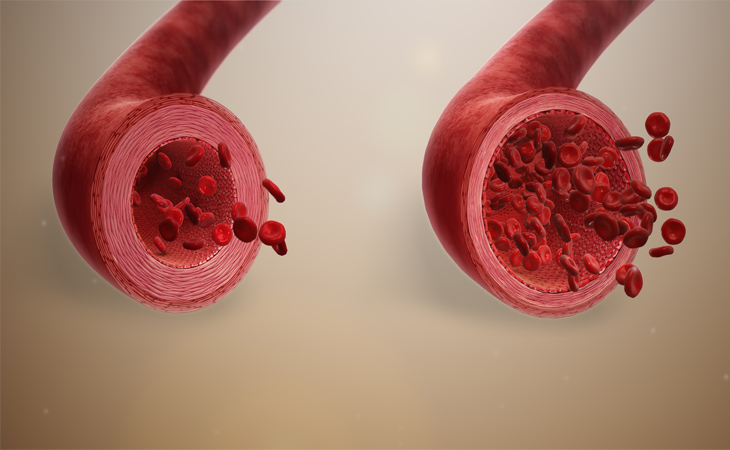
The external factors:
– Sitting position: Sitting or standing in the wrong position affects the average blood pressure of a person. It can make blood circulation difficult and lead to unstable blood pressure.

– Eating and living habits: Daily diet can affect blood pressure and other diseases. Eating salty, high-fat foods, drinking a lot of alcohol, coffee, or using certain drugs can contribute to high blood pressure.

– Irregular activities: Stressful work, staying up late, and lack of exercise can all contribute to unstable blood pressure.

4. How to maintain normal blood pressure?
Exercise regularly, stay fit:
Engaging in 30-40 minutes of sports such as yoga, swimming, jogging, or cycling regularly helps maintain a toned and controlled body. Good control of body weight also helps stabilize blood pressure.

Build a healthy diet:
A healthy diet directly affects weight and blood pressure. Maintaining a diet full of essential nutrients, limiting fat and salt intake, and choosing foods rich in calcium, potassium, and vitamins A, C, and D can help keep blood pressure at a normal level.

Maintain peace of mind and stability:
Sadness, worry, or anger can negatively affect the heart and contribute to high blood pressure. Learning how to control emotions and keeping the mind relaxed, optimistic, and happy can help limit the negative effects on health.

Regularly monitor blood pressure at home:
Regularly monitoring blood pressure at home and visiting a medical facility periodically can help detect and treat high or low blood pressure in a timely manner. Having a personal blood pressure monitor at home can be helpful for immediate measurements when needed.
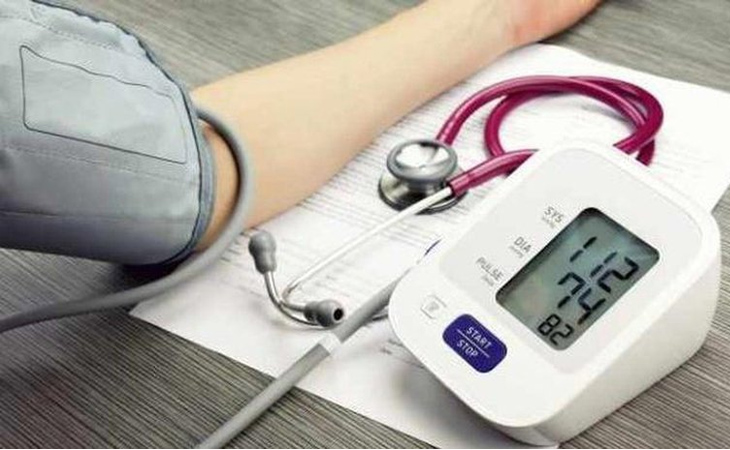
Reference and synthesis at: hellobacsi
Hopefully, the above information will help you better understand blood pressure and take appropriate actions when necessary!
Unlock 8 Benefits with a Daily 5-Minute Jog
Living a hectic lifestyle can make fitting in time to exercise difficult. However, studies have revealed that even just 5 minutes of jogging a day can lead to positive outcomes for your health, including a decrease in the risk of developing cardiovascular disease, extending your life span by up to 3 years, or even reducing the susceptibility to heart disease.



























